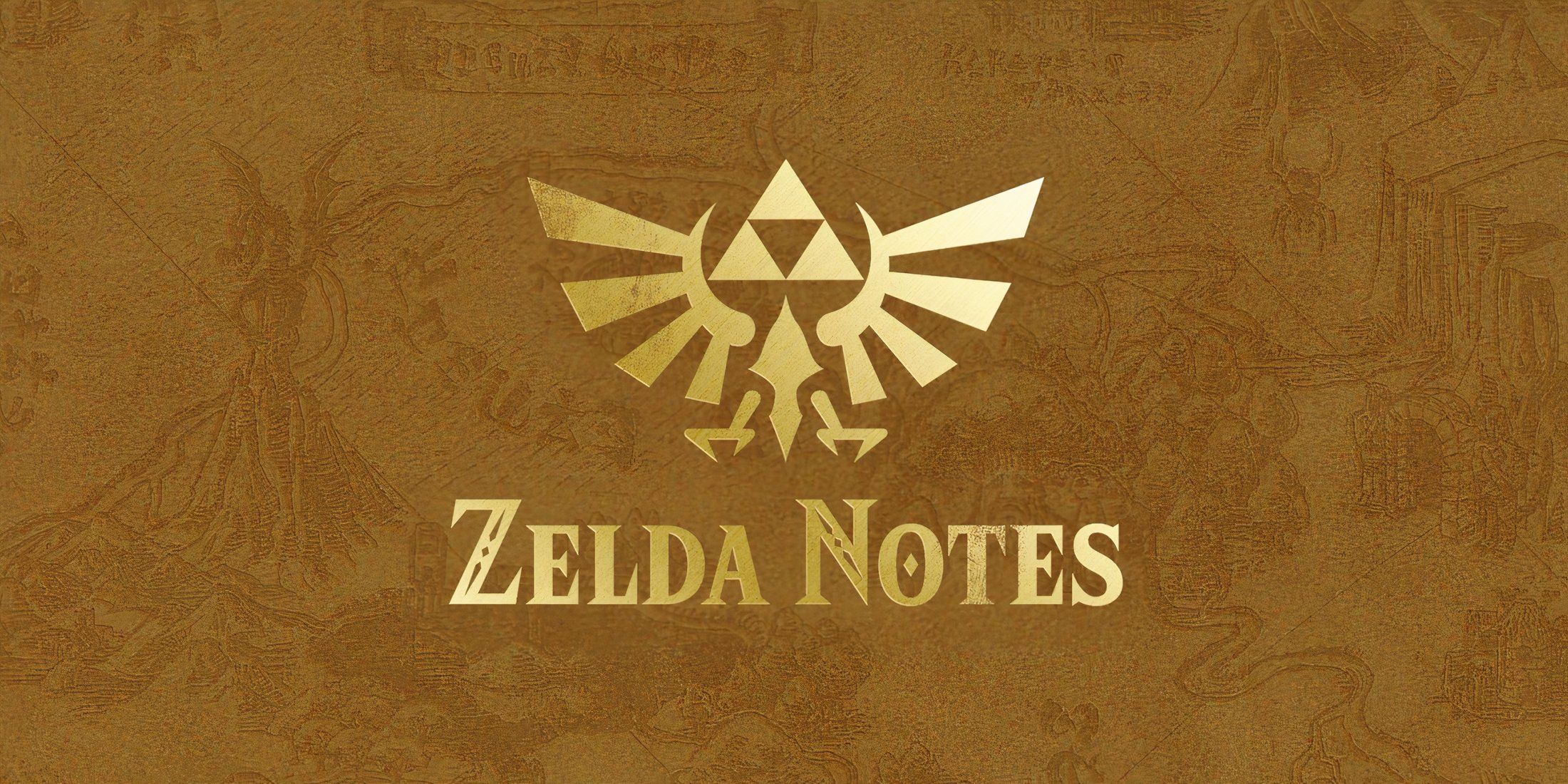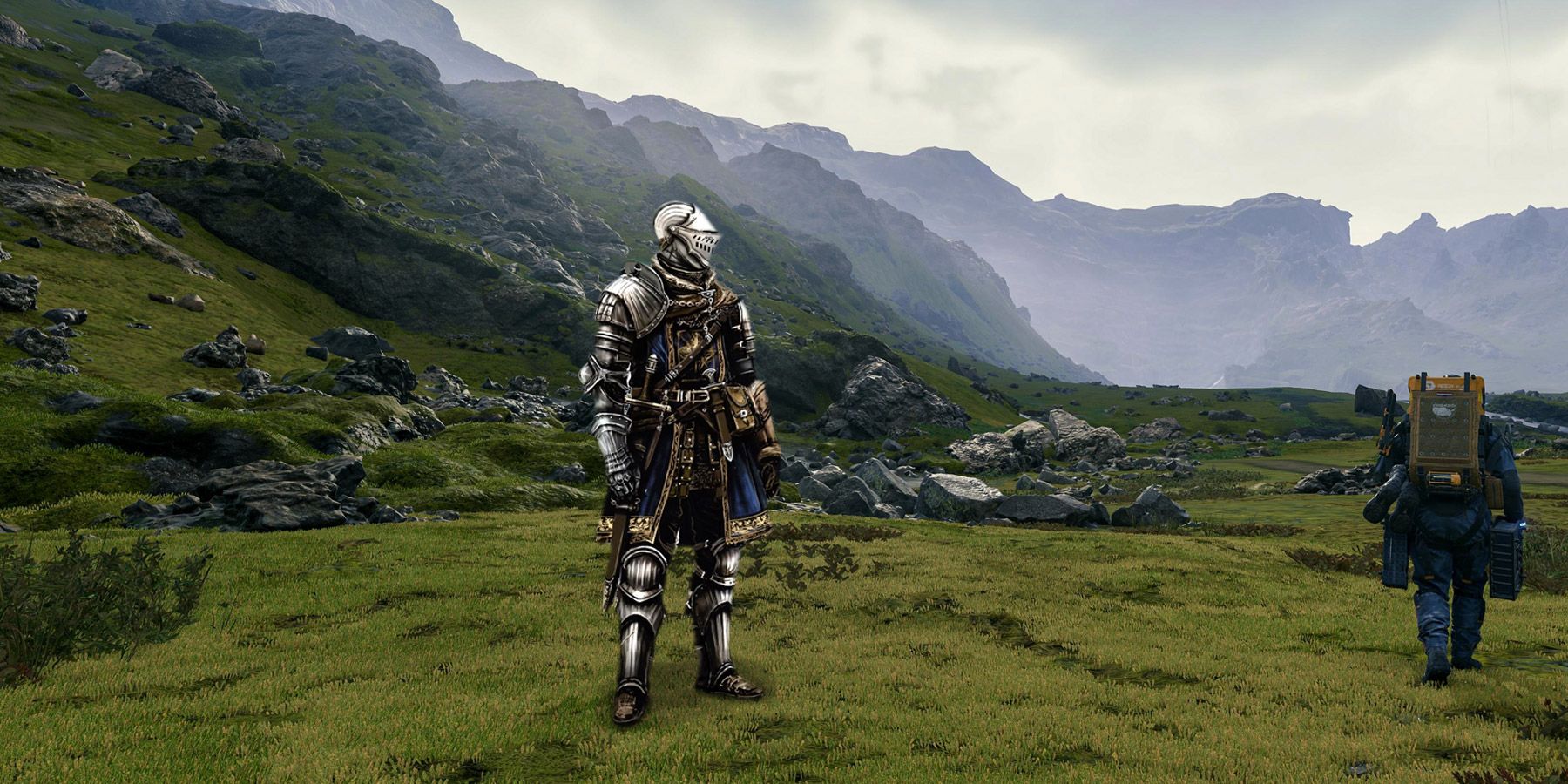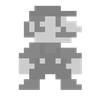The Legend of Zelda: Breath of the Wild and Tears of the Kingdom have recently been upgraded, giving players access to a host of new features. For players with a Nintendo Switch 2 as well as the Switch 2 Edition upgrades for Breath of the Wild and Tears of the Kingdom, the new Zelda Notes companion on the Nintendo Switch app adds more to the gameplay experience, giving fans a reason to revisit these games.
The main selling point of Zelda Notes is the Voice Memories feature, adding new story elements which are essential for Zelda lore buffs, but its other features help players connect more to the community. Having the ability to share items and Autobuilds, fans are able to help others out on their journeys without ever directly interacting. If developed further in a sequel, this concept could lead to a new type of open-world Zelda game.

Related
How to Use Zelda Notes with Breath of the Wild & Tears of the Kingdom
Players who are having trouble getting Zelda Notes to connect, or simply feel as though the app is not working as intended, can find help here.
Hyrule Doesn’t Have to Be Lonely
Players assuming the role of Link are tasked with journeying through a post-apocalyptic Hyrule in both of these titles, with inhabitants hoping to rebuild after the devastating effects of The Calamity. Speaking with NPCs always gives a spark of optimism, hinting at a positive future for the kingdom. However, for much of the journey, they travel alone through the open world. Unlike linear Zelda games of the past filled with a colorful supporting cast, the open world of Breath of the Wild and Tears of the Kingdom means that players may not encounter a friendly face in hours. This solitude can be tranquil, but often lonely, giving these titles a very unique vibe.
If the next Zelda game in the series sticks with the open world, it could take notes from Death Stranding, the pioneer of the strand genre of games. This game similarly intends to make players feel isolated, with its hostile environment actively working against them, but this is all in service of its asynchronous multiplayer features. Without ever directly interacting with one another, players from around the world are able to build structures to make the terrain easier to traverse for everyone. Even though another player character is never seen, the players themselves can feel united by their collective efforts.
This type of meta gameplay has been apparent in other Kojima productions, such as Metal Gear Solid 5’s nuclear weapon dismantlement ending, which encouraged all players to cease development and ownership of these weapons to achieve server-wide peace. This allowed the community to engage with one another despite never interacting in-game, giving them all the same goal to work towards. Metal Gear Solid 5’s influence can be felt in Death Stranding’s bridge building, and could also be used in an upcoming Zelda project.

Related
Dark Souls Was the First Strand-Type Game
Utilizing social aspects to bring players together, FromSoftware’s Dark Souls was a ‘Strand-type’ game before Strand-type games were even a thing.
The Next Open-World Zelda Could Be a Strand Game
Guiding Each Other Through the World
Prior to Zelda Notes, the Korok Seeds were a sour point in Breath of the Wild and Tears of the Kingdom for many players. Though Korok Seeds are mostly optional, the sheer amount of them became a nightmare for completionists and speedrunners alike. Zelda Notes helps somewhat by making it easier to find them, but what could be beneficial is using these as a way to connect players. For each seed found by one player, it could then be marked on the map for all players, allowing the community to scour the world individually, together. Because of this, the next title could add many more seeds, inspiring the community to search certain sections of the map on their own to fill up the map for everyone.
It’s possible that the game could also take cues from Dark Souls’ and Elden Ring’s strand-like gameplay features. Zelda Notes’ navigation system is great for pointing out locations, but it means players will spend more time looking at the app and traveling from A to B instead of exploring the world like the series is known for. Instead of being given an exact location, players could leave messages to immersively point others in the right direction.
Adding Companions to the Journey
There is another way to make the world less lonely without introducing true multiplayer. Leaving messages is a great way for players to feel connected to the community, but this connection could be strengthened by speaking with a character. As Breath of the Wild’s NPCs use Mii data, messages could instead be given by an NPC that uses the player’s Mii’s appearance. Doing this would populate Hyrule, allowing players to feel less alone on their journeys as they are accompanied by other players along the way.
As well as being able to point out areas of interest, this method could also be used for more organic Item Sharing and Autobuild Sharing features currently found in the Zelda Notes app. Players could set what they would like to share with players, opening up the possibility for trades. This feature could be similar to the StreetPass features on the 3DS without the need for being in each other’s proximity, rewarding players for simply being part of the community.
Death Stranding helps to alleviate feelings of isolation by frequently reminding players that they are part of a community. Zelda Notes takes some of these ideas to foster connections between The Legend of Zelda: Breath of the Wild and Tears of the Kingdom players on Nintendo Switch 2, but players can still seem separated from others and dissonant from the experience itself, especially since players need to manage interactions via an app. By opting for a more immersive approach by having asynchronous interactions between players happen in-game, whether by a simple message or generated NPC, players can continue to explore on their own while feeling supported by the community every step of the way. If the next game in the Zelda series keeps the open world as established by previous titles, it shouldn’t be afraid to take notes from the strand genre.



